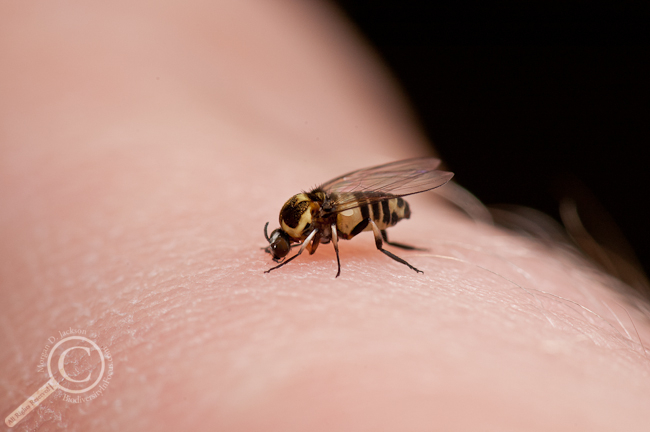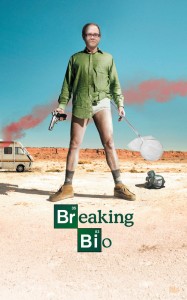 Things I didn’t expect to do today: talk about flies live on BBC Radio 2!
Things I didn’t expect to do today: talk about flies live on BBC Radio 2!
I made my radio debut this afternoon when I helped out with Simon Mayo’s Homework Sucks! segment of Drivetime. Homework Sucks! is a regular feature where listeners send in questions (whether from their kids homework or otherwise), and the BBC finds experts to give a hand with the answers.
Today’s question: Can insects smell, and if so, how far away can they smell things? You can listen to my answer thanks to the recorded and archived edition of the day’s episode on the BBC website (skip to 1:39:30 for my segment).
So how’d my first brush with the mainstream media happen? I got a call from Richard Levine, the Public Affairs Officer for the Entomological Society of America, asking if I’d be interested in the opportunity to speak on the BBC about how flies smell. There was a catch though: the segment was going to be live, and was going to start in less than 10 minutes! So, I ran across the lab, grabbed R.F. Chapman’s The Insects: Structure and Function off the shelf, quickly refreshed my memory on volatile chemoreception in insects, then jumped on Google Scholar to see if I could find an estimate of how far away some insects can sense scents (which isn’t easy when your fingers are quivering from the adrenaline rush & nerves). Before I even had Chapman opened, a BBC producer had called me to explain what was going to happen and to get my details figured out, and then 5 minutes later another producer called and I was on hold waiting for my opportunity to go on the air! A few minutes after that I had given my spiel, and was sitting at my desk wondering what had just happened, while trying to dissect what I had said and whether I could recall making any goofs!
While I was sure I stumbled and mumbled my way through it at the time, I actually think I sounded pretty coherent after listening to the recording, and it would seem people enjoyed it as well (thanks for the feedback to those who’ve given it!). I’m giving a lot of the credit for me not sounding like a bumbling n00b to Breaking Bio, which has provided me the opportunity to practice talking about science in an informal setting, and in a digital format. It just goes to show that goofing around on the internet with your friends can have surprising benefits for your work!




